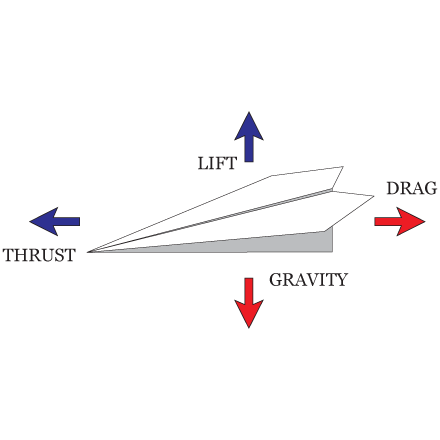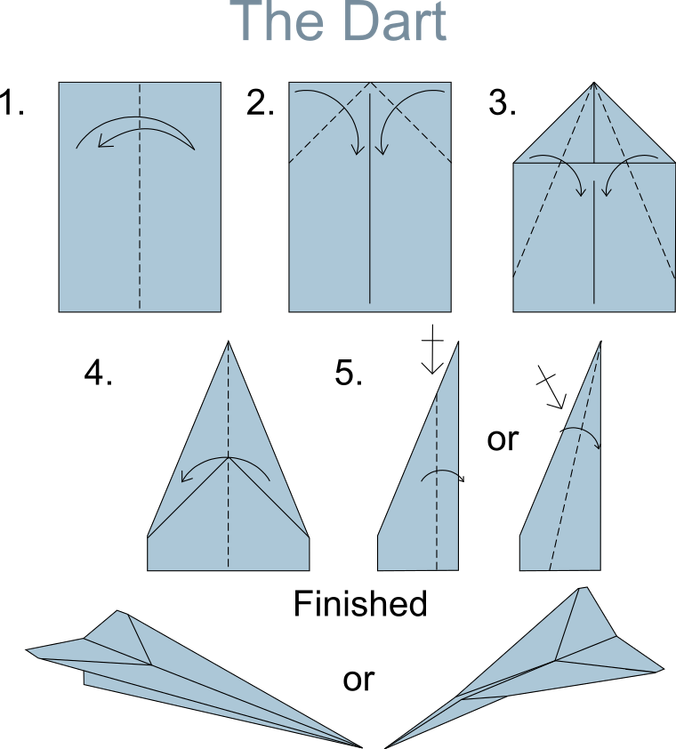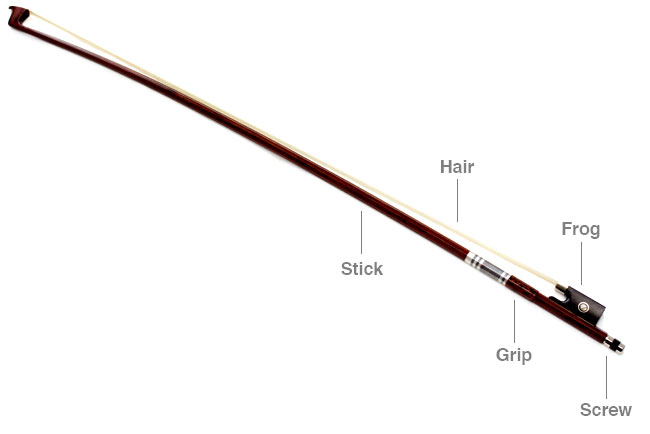The mechanical watch market is an industry with an unusually high preference for tradition and history. This would make sense, since the advent of electronic quartz watches has filled the role of practical and affordable timepieces; anyone who is looking to buy a mechanical watch is doing so not solely for its practical value, but for its prestige, unique appearance, or craftsmanship.
Often, mechanical watches are wanted for their complexity. Watches with unique mechanisms are interesting, and knowing that all these mechanisms are sitting in a small cylinder on your wrist is awe-inspiring. Unlike most products, where simplicity is valued, the more complicated a watch is, the higher its value.
Watches are made complex by giving them extra functions called complications. Complications can be practical and mundane, like a seconds hand or a date counter. However, because of the allure of complicated watches, the the demand for increasingly complex watches is always there.
However, despite this complexity, the basic mechanism by which a mechanical watch functions is the same across almost all watches. The watch’s mechanical components, collectively referred to as the “movement,” consist of the mainspring, the balance wheel, the escape wheel, pallet lever, and the gear train connecting these parts to the hands on the face of the watch.
The mainspring stores the energy for the watch in a springy metal coil. This energy is released by through the gears of the watch. But how does the mainspring not release all of its energy at once in one great spin of the hands of the watch? The secret behind this is the escapement.
The escape wheel is the toothed wheel in the bottom left (yellow). The escape wheel is powered by the mainspring, but it is stopped from freely rotating by the pallet lever (slime green). The pallet lever acts like a gate that restricts the rate at which the movement turns, and thus the rate at which time passes in the watch.
The pallet lever pushes the balance wheel, which (relatively) slowly swings back and forth, which pushes the pallet lever back to its original position. In the process of returning to this original position, the pallet lever allows one tooth of the escape wheel to pass. In other words, the escapement (this entire mechanism) allows one tooth to “escape” every sixth of a second (which is the oscillating frequency of the balance wheel).
This is how our watches keep time. Without the escapement, mechanical watches would be nothing more than a springy gear train on our wrists. However, with the escapement, the springy gear train on our wrist releases energy at a constant rate, keeping constant time.
While this ingenious mechanism appears complex, it is old technology dating from the 1750s. Since that time, it has barely changed at all. This mechanism has endured the test of time and is still standard in almost all mechanical watches today.











